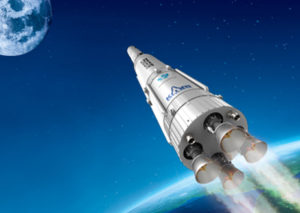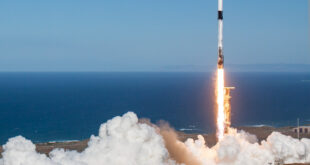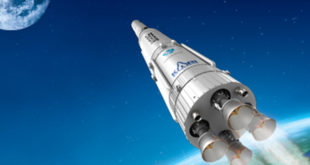
As the Korean Aerospace Research Institute (KARI) prepares to conduct a rocket engine test later this month for its Korean Space Launch Vehicle II (KSLV-II), it has also been announced that KARI will also develop two other variants of the KSLV-II.
According to a report in Business Korea, the South Korean government has begun drawing up plans to develop an improved, lighter, version of KSLV-II. At the same time, it will also develop another version of the vehicle, which will be smaller and cheaper than KSLV-II.
The South Korean Ministry of Science and ICT and the Korea Aerospace Research Institute will work together to create a blueprint for the new launch vehicle, to carry a 1.5 ton satellite, this year. The next-generation launch vehicle project is likely to continue for eight to 10 years from 2021, with the vehicles’ initial launch expected to be carried out in 2025 or later.
The development period for a smaller and cheaper launch vehicle is scheduled for 2025 to 2030. The purpose of this project is to develop a vehicle capable of launching a small satellite with a weight of 500 kg or less
The development of the original KSLV-II is scheduled to be completed in 2021, with plans for two launches in 2021 and once each year in 2022, 2023 and 2024.





